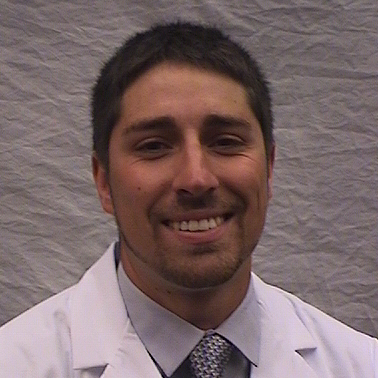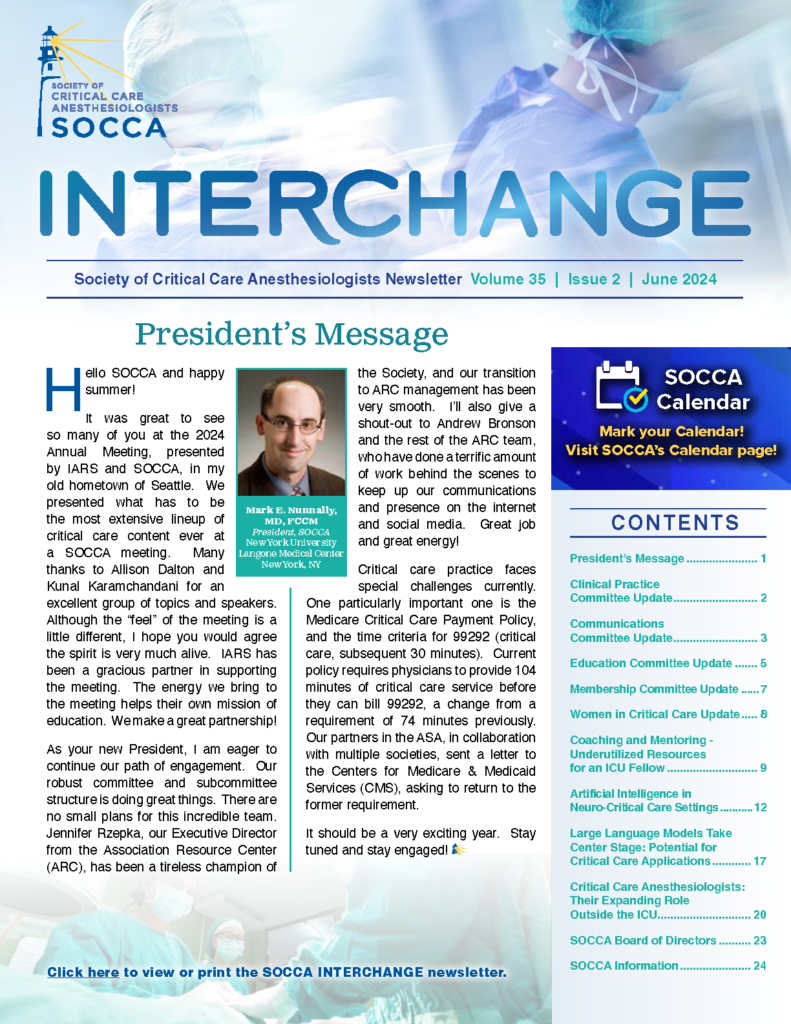Virtual Fellowship Interviews: An Applicant’s Advice
The COVID-19 social distancing guidelines have required the fellowship programs and the applicants to adapt to the world of virtual interviewing. The virtual interviewing process has undoubtedly been an uncharted path for the vast majority of applicants and the fellowship programs. Here, I provide advice to prospective interviewees and fellowship programs on navigating the world of virtual interviewing as the virtual interviewing format is here to stay for the foreseeable future.
Advice to Future Applicants
Virtual interviews were a new experience for me as they were for many applicants. When preparing for virtual interviews, many of the same recommendations apply as for in-person interviews. You should dress in professional attire as you would for an in-person interview. Prepare yourself mentally and be ready to answer basic interview questions. Performing mock interviews with either a friend or colleague can be very beneficial. Since virtual interviews do not require travel, they are easier to schedule; however, be sure you are still taking time off and avoid scheduling interviews on workdays to avoid undue stress. Formulating questions and taking notes is always a good idea, but it is even more crucial for virtual interviews. These interviews are your opportunity to learn about the program, the city, the people and get a better sense of the program that is right for you. While taking notes is essential, be mindful of letting the interviewer know that you will be taking notes during the interview. Looking away from the screen may be perceived as a lack of interest by the interviewer.
A few things are unique to virtual interviews, such as testing your computer software, ensuring your audio and microphone are functioning, and checking/securing your internet connection. These are important to check early with plenty of time to troubleshoot if necessary. Additionally, various programs may utilize different platforms for the interviews. These may include programs such as ZOOM, Thalamus, San Francisco Match, Microsoft Teams, to name a few. So, it is essential to familiarize yourself with the platform controls and, most importantly, download the platform software well in advance of the interview day. Lastly, when the interview day has arrived, choose a quiet location without distractions with optimal lighting and background and, most importantly, have fun.
Advice to Programs
Effectively showcasing what your program offers while appealing to applicants may require some creativity with the virtual interview format. When offering interview days, make sure to keep in mind the time zones for all the United States regions. On the day of an interview, incorporating a virtual tour of the program and hospital while highlighting your program's strengths is an excellent way to open. Utilizing a PowerPoint that can be sent to applicants’ post-interview, including basic information about the program, contact information, and information about the city can help applicants distinguish your program from others, which is difficult with virtual interviews. The individual interviews with faculty and current fellows should be appropriately spaced with time allotted for breaks for both the interviewer and interviewee. Having an itinerary and a facilitator to help keep the interview day organized can make for a more enjoyable experience. As for the virtual platform, it is essential that it is user-friendly and does not require the applicant to access multiple links, which can be confusing and stressful. To wrap up the interview day, it is a good idea to gather all applicants for closing remarks and to answer any last-minute questions. Considering these few recommendations along with some creativity should make for a positive and memorable experience for everyone.




































